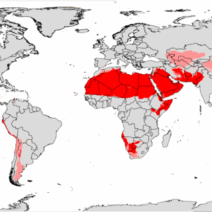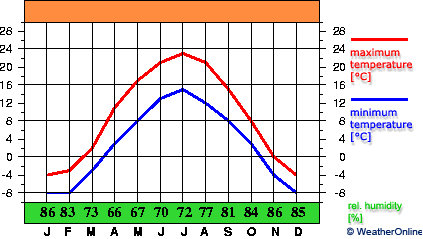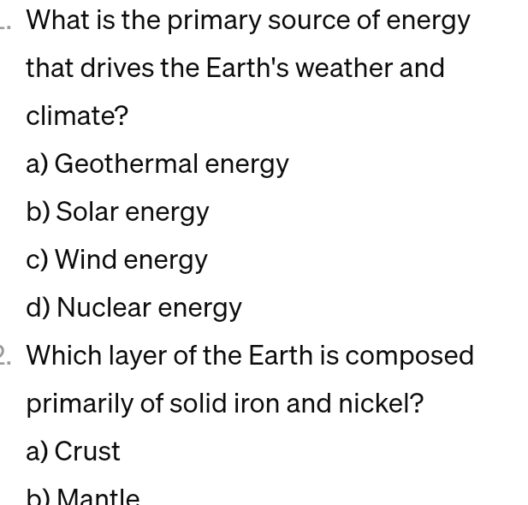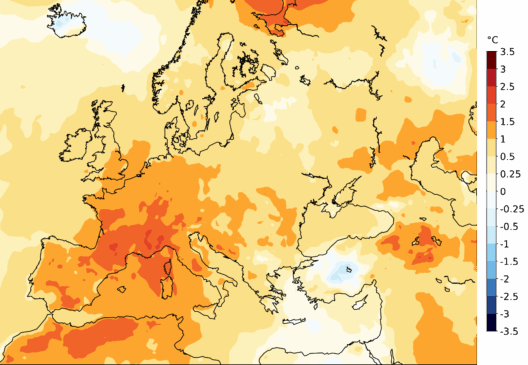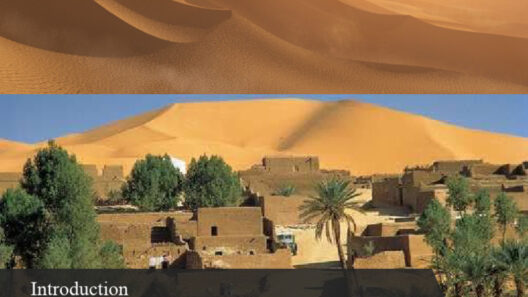Russia, the largest country in the world, spans an incredible breadth of climates. Covering over 17 million square kilometers, it boasts diverse landscapes, ranging from tundra and taiga to steppes and mountains. This vast expanse endows the nation with a plethora of climatic zones, each exhibiting unique weather patterns and seasonal variations. Understanding the complexities of Russia’s climate can illuminate the intricacies of its ecosystems and the challenges posed by climate change.
The primary climatic zones of Russia can be categorized into five distinct types: arctic, subarctic, continental, maritime, and subtropical. Each zone harbors its own characteristics, profoundly influenced by geographical features, ocean currents, and prevailing winds. For instance, the Arctic coastal regions endure extreme cold and long, frigid winters, while the southern regions near the Black Sea offer a contrasting mild climate.
The Arctic climate predominates in the northernmost regions, characterized by permafrost, where winter temperatures frequently plummet below -30°C. This climate fosters a unique environment, home to specially adapted flora and fauna, including polar bears, seals, and migratory birds. The brief summer period, with temperatures soaring to a modest 10°C, transforms the tundra landscape into a vibrant tapestry of blooming wildflowers, showcasing nature’s resilience.
Moving southward, the subarctic climate takes over, particularly in regions such as Siberia. Here, the temperature swings are extreme, with winter lows chillingly dipping toward -50°C in some areas. The short summers, albeit mild, create a flourishing array of plant life. This drastic variation supports a rich ecosystem, where animals such as the Siberian tiger roam the taiga, a coniferous forest biome teeming with biodiversity.
In stark contrast, the continental climate dominates central Russia, marked by hot summers and frigid winters. Cities like Moscow and Volgograd experience a substantial temperature range, with summer highs often exceeding 30°C while winter lows can plunge well below -20°C. This climatic dichotomy influences agricultural practices, determining what crops thrive and how they are cultivated. For instance, wheat and barley are vital staples in these regions.
Transitioning further southwest, the maritime climate unfolds along the coastlines of the Russian Far East, characterized by milder temperatures and considerable precipitation. This region benefits from the temperate influence of the Pacific Ocean, resulting in lush, green landscapes and rich fishing grounds. The interplay of oceanic currents and atmospheric conditions fosters an environment where the biodiversity flourishes, showcasing a symbiosis between land and sea.
Lastly, the subtropical climate can be found in southern regions, such as the Krasnodar Krai, bordering the Black Sea. Here, temperatures remain consistently warm, encouraging the cultivation of grapes, citrus fruits, and olives. The combination of sunshine and moisture creates a microclimate heavily favored for agriculture, drawing in tourists seeking warm getaway spots.
The enormity of Russia’s climate extends beyond mere temperature averages. Extreme weather conditions, including severe storms, heavy snowfall, and flooding, pose significant challenges. For example, Russia has witnessed an increase in the frequency and intensity of heatwaves, a phenomenon that drastically alters ecosystems. The rise in average temperatures also leads to the thawing of permafrost, releasing trapped greenhouse gases like methane, further exacerbating global warming.
Adaptations for survival in these harsh climates are critical. Indigenous communities have developed lifestyles and practices perfectly attuned to their environmental context. For instance, reindeer herding is integral to the livelihoods of many Siberian tribes, demonstrating their profound connection with the land and climate. This cultural heritage provides invaluable insights into sustainability, exemplifying how human resilience can harmonize with even the most extreme environments.
Moreover, the changing climate presents immediate concerns for both wildlife and human populations. Species adaptation is vital as habitats shift or diminish. The Siberian tiger, for instance, faces challenges from habitat loss and declining prey availability, putting its future at risk. Conversely, some species may thrive under altered conditions, resulting in a reshuffling of ecosystems that could impact biodiversity on a grand scale.
Climate change continues to provoke a renewed awareness of environmental issues worldwide. In Russia, this awareness fosters a unique opportunity for a paradigm shift—imperative for addressing both local and global challenges. With increased advocacy for environmental policies, the potential to harness renewable energy sources is burgeoning. The geothermal heat harnessed in volcanic areas and the vast expanses of wind-blown steppes present robust pathways toward a sustainable future.
As the discussion surrounding Russia’s climate evolves, it is essential to maintain an inquisitive perspective. Understanding the intricate connections between climatic conditions, ecological balance, and human activity encourages a more profound appreciation for our planet’s environmental challenges. By embracing this knowledge, society can foster a collective resolve aimed at achieving ecological harmony, safeguarding the diverse ecosystems of this vast and dynamic land.
Ultimately, Russia’s climate—with its enormity and extremes—serves as both a cautionary tale and a beacon of potential. As we delve deeper into the complexities of climate science, it is crucial to recognize our role in this intricate web of life. The knowledge gained from understanding such vast terrains can empower individuals and communities, driving efforts toward sustaining the planet for generations to come. The transformation of our perspective on Russia’s climate could inspire a global movement—one that champions resilience, innovation, and ecological stewardship.


